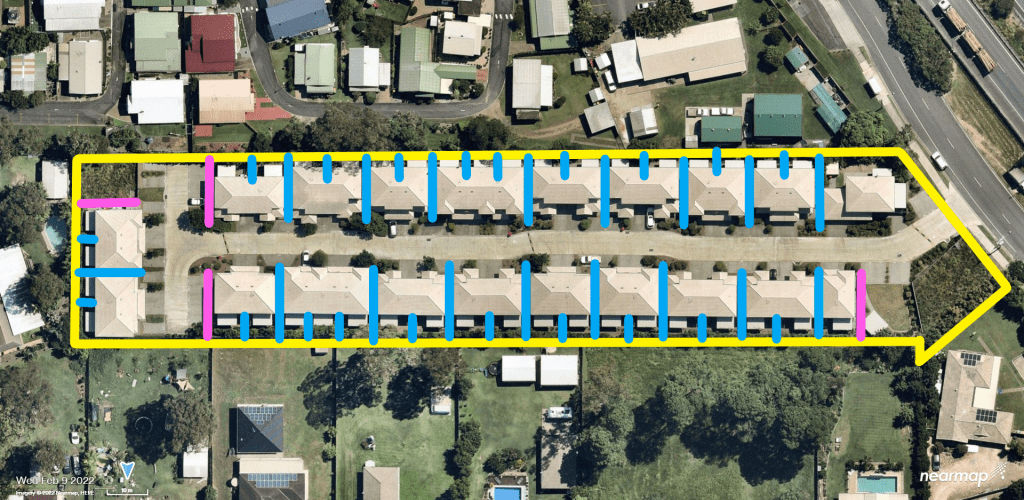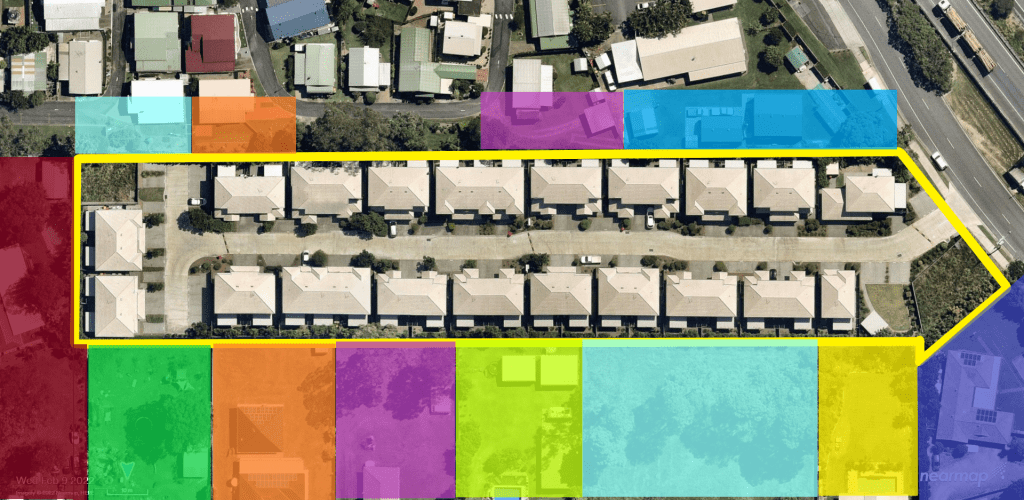Receive an
obligation-free proposal
We offer an obligation-free quote.
The first step is a short phone or in-person meeting to better understand the needs of your committee and scheme. This will only take around 10 minutes.
From there, we’ll put together a tailored proposal, including our easy-to-understand fee package.
Submit our proposal form, including the best contact time, and we’ll be in touch.
The first step is a short phone or in-person meeting to better understand the needs of your committee and scheme. This will only take around 10 minutes.
From there, we’ll put together a tailored proposal, including our easy-to-understand fee package.
Submit our proposal form, including the best contact time, and we’ll be in touch.
Receive an obligation
free proposal
We'll need to get some details about your building. Let us know the best time to contact you.
Please contact us here if you are seeking a proposal for a building we don’t currently manage. If you are an existing BCsystems customer please email us at info@bcsystems.com.au








